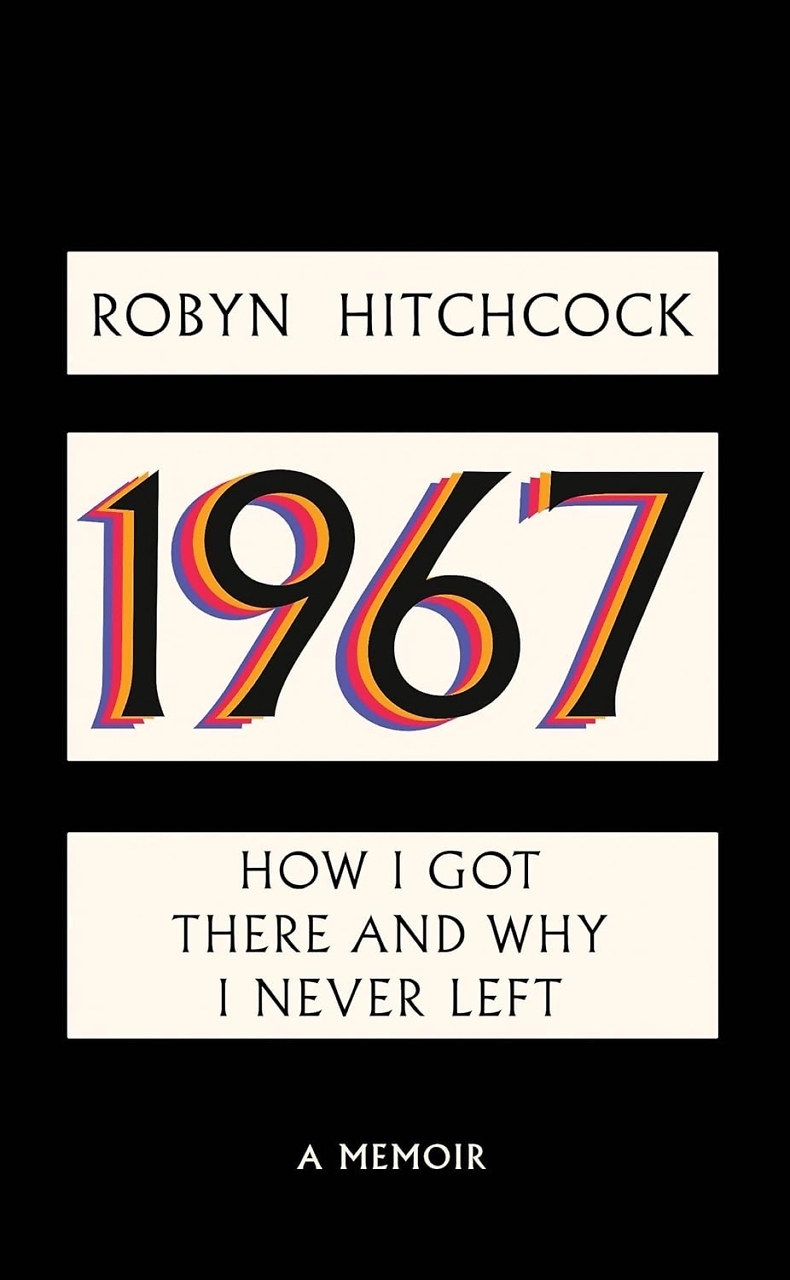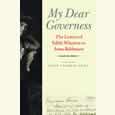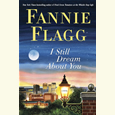The Courtroom of Fiction
Percival Everett’s The Trees bears witness to America’s long history of violence
In an age when many find justice elusive, some have resorted to the courtroom of fiction. The Trees by Percival Everett is a prime example of this literary justice, examining an American history of lynching, racism, and police brutality. Everett, a member of the Chattanooga-based Fellowship of Southern Writers, is the award-winning author of more than 20 novels, including So Much Blue, Telephone, Glyph, The Water Cure, and I Am Not Sidney Poitier.
 The Trees is set in the town of Money, Mississippi — the same Money where 14-year-old Emmett Till was tortured and killed in 1955 for allegedly whistling at a white woman. Till is no small part of the novel, with his supposed haunting of the descendants of his killers driving the action forward. The book begins with two separate murders, linked by their gruesome nature and by the accompanying appearance of a second mystery body — a bloated Black male whose features are too distorted to identify. The investigation into the murders is later complicated by two Black detectives who travel to Money and encounter age-old racist resistance.
The Trees is set in the town of Money, Mississippi — the same Money where 14-year-old Emmett Till was tortured and killed in 1955 for allegedly whistling at a white woman. Till is no small part of the novel, with his supposed haunting of the descendants of his killers driving the action forward. The book begins with two separate murders, linked by their gruesome nature and by the accompanying appearance of a second mystery body — a bloated Black male whose features are too distorted to identify. The investigation into the murders is later complicated by two Black detectives who travel to Money and encounter age-old racist resistance.
While the novel’s locales are varied, much of the action occurs in a place called Small Change. This name is both a play on its proximity to Money, and its diminutiveness, but it also speaks to the condition of the South in the book.
The title of the novel is likely excavated from the song made famous by Billie Holiday, “Strange Fruit,” which appears in the latter half: “Southern trees bear strange fruit / Blood on the leaves and blood on the root.” To be sure, trees are the primary tools of lynching but also bear witness to the centuries of violence.
 Everett’s use of alliteration in naming his characters strikes a humorous chord in an otherwise grim subject. The bumbling local police officers are Braden Brady and Delroy Digby. The first murder victim is called Junior Junior. And Everett is egalitarian in his assignment of comic names; both low-ranking officers and administrators of the Mississippi Bureau of Investigation and the F.B.I. are caught up in this lyrical nomenclature. To this end, we are offered the backstory of Herberta Hind, F.B.I. special agent: “She could have been angry that her parents, Barry and Bertha Hind, had named her Herberta. It shouldn’t have taken much imagination to imagine the possible nicknames that would crop up.” Readers would be hard-pressed not to grin at the mention of these names, amidst a backdrop of murder and racism. In this way, Everett employs characterization toward catharsis. Just as we are about to be overcome by the evils present in the novel, humor breaks the surface.
Everett’s use of alliteration in naming his characters strikes a humorous chord in an otherwise grim subject. The bumbling local police officers are Braden Brady and Delroy Digby. The first murder victim is called Junior Junior. And Everett is egalitarian in his assignment of comic names; both low-ranking officers and administrators of the Mississippi Bureau of Investigation and the F.B.I. are caught up in this lyrical nomenclature. To this end, we are offered the backstory of Herberta Hind, F.B.I. special agent: “She could have been angry that her parents, Barry and Bertha Hind, had named her Herberta. It shouldn’t have taken much imagination to imagine the possible nicknames that would crop up.” Readers would be hard-pressed not to grin at the mention of these names, amidst a backdrop of murder and racism. In this way, Everett employs characterization toward catharsis. Just as we are about to be overcome by the evils present in the novel, humor breaks the surface.
While avoiding dogma or didacticism, the novel bridges the intellectual gap between the lynchings of old and today’s racist killings. Professor Damon Nathan Thruff, in attempting to solve the Mississippi murders, works through a list of people who have been lynched in America since 1913. He honors the dead by handwriting every name: “When I write the names, they become real, not just statistics. When I write the names they become real again.” He later shares his liberating intentions: “When I’m done, I’m going to erase every name, set them free.”
The list contains some names that will likely not surprise readers, such as James Chaney, who was murdered during Freedom Summer in 1964, along with Andrew Goodman and Michael Schwerner. Rev. James Reeb, a Unitarian Universalist minister murdered in Selma in 1965, also makes the list. However, intermingled in this list of souls are names like Eric Garner, Michael Brown, Tamir Rice, and Botham Shem Jean, all of whom were killed by police officers. The list goes on to name Leo Chih Ming, Leo Kow Boot, Leo Lung Hong — Chinese immigrant miners killed by white miners during the Rock Springs Massacre in 19th-century Wyoming. This leads the reader to the question: What is lynching?
The novel contains a whopping 108 chapters, but it is no way stuffy or slow. Everett masterfully moves the action forward with dialogue, only interrupting speech with necessary scene descriptions. The chapters are short and function as mini-episodes in a larger narrative. Chapter 71 is likely the shortest of the book: “Ho to Hind: ‘What the hell is going on?’” Also notable is Chapter 102, which is a listing of cities and states where people have been lynched. Its repetition of “Mississippi. Mississippi. Mississippi. …” conjures up hazy memories of the civil rights movement and Fannie Lou Hamer’s plea, “Is this America …?”
The Trees will speak volumes to those who have had to get creative about the justice they wish to manifest in the world. It a novel for those who seek to reach across silos of oppression and to acknowledge racism, lynching, and police violence, at last, as an American problem.

Kashif Andrew Graham is a writer and theological librarian. He enjoys writing poetry on his collection of vintage typewriters. He is currently at work on a novel about an interracial gay couple living in East Tennessee.


